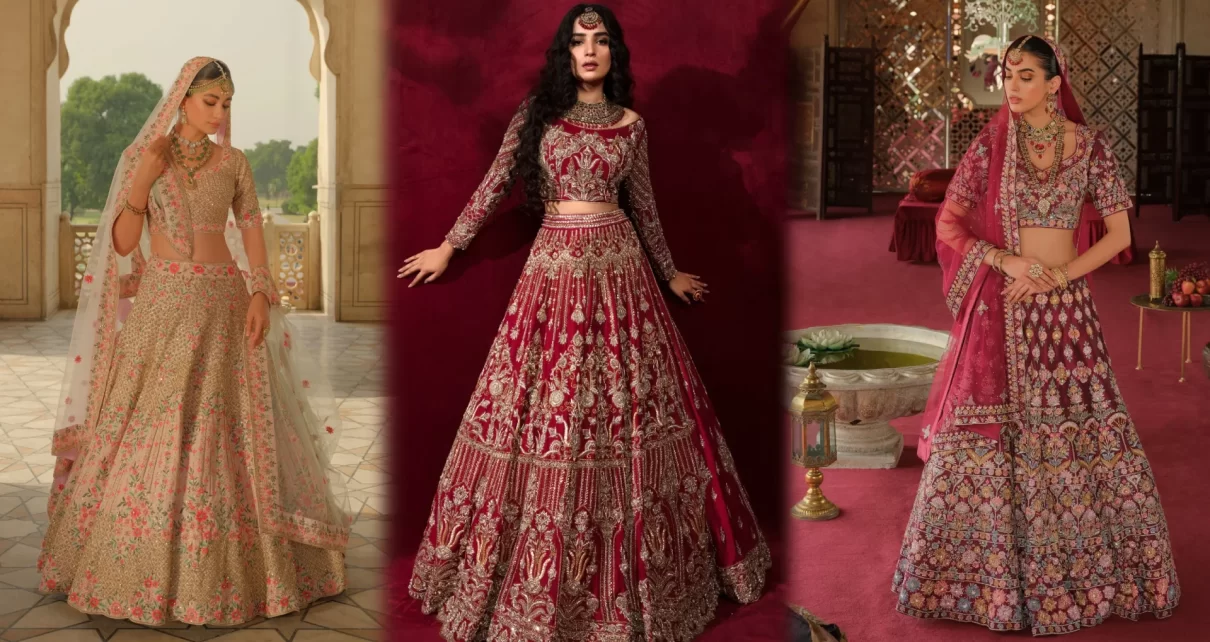Typography, often referred to as the art of arranging letters, is a powerful tool that can influence how we perceive and engage with written content. Among the diverse array of fonts available, serif fonts stand as a testament to the enduring charm of tradition and elegance. In this exploration, we delve into the world of serif fonts, uncovering their history, characteristics, and the unique role they play in shaping our reading experiences.
The Origin and Evolution of Serif Fonts
Serif fonts, with their distinctive flourishes at the ends of letters, trace their origins back to ancient Roman inscriptions. The very term “serif” is derived from the Dutch word “schreef,” which means “line” or “stroke.” These fonts gained prominence in print during the Renaissance and have continued to captivate designers and readers through the ages.
- Historical Connection: The origins of serif fonts lie in the inscriptions found on Roman monuments and manuscripts. This historical connection infuses these fonts with a sense of tradition.
- Evolution of Form: Over the centuries, serif fonts have evolved into various styles, from Old Style serifs with their organic curves to Transitional serifs that introduced sharper lines, and finally to Modern serifs with their elegant vertical stress.
- Printing Press Era: The invention of the printing press in the 15th century marked a significant milestone for serif fonts, as their legibility and elegance made them well-suited for early printing technology.
The Characteristics of Serif Fonts
Serif fonts possess a set of distinct characteristics that contribute to their visual appeal and readability.
- Serif Structure: The most defining feature of serif fonts is the presence of serifs – the small decorative lines or strokes that embellish the ends of letters. These serifs create a sense of visual harmony and guide the eye along the text.
- Legibility: Serif fonts are known for their exceptional legibility, especially in longer passages of text. The serifs help to guide the reader’s eye from one letter to the next, creating a smooth reading experience.
- Classic Elegance: The delicate curves and lines of serif fonts exude a classic elegance that is often associated with tradition and sophistication.
The Role of Serif Fonts in Communication
Serif fonts play a crucial role in shaping the way we interpret and engage with content in various contexts.
- Editorial and Print Media: Serif fonts are a staple in newspapers, magazines, and books due to their legibility. They enhance the reading experience, making lengthy texts more inviting.
- Brand Identity: Serif fonts can convey a sense of reliability, professionalism, and timelessness, making them a popular choice for corporate branding.
- Formal Documents: For documents that require an air of formality, such as resumes, certificates, and invitations, serif fonts lend an air of gravitas and elegance.
- Digital Context: While sans-serif fonts dominate the digital realm, serif fonts are making a comeback in web design, offering a balance of tradition and contemporary aesthetics.
The Contemporary Resurgence of Serif Fonts
In the digital age, where trends come and go swiftly, serif fonts have experienced a resurgence in popularity.
- Hybrid Fonts: Designers are experimenting with hybrid fonts that blend serif and sans-serif elements, creating a unique visual language that adapts to diverse design contexts.
- Nostalgic Appeal: Serif fonts evoke a sense of nostalgia and authenticity in a world dominated by digital aesthetics, offering a refreshing contrast.
- Aesthetic Diversity: The modern reinterpretation of serif fonts showcases their adaptability to various design styles, from minimalist to ornate.
Conclusion
Serif fonts are more than just typographical elements; they are carriers of tradition, elegance, and readability. As we traverse the ever-evolving landscape of design, serif fonts remain a steadfast companion, offering a bridge between the past and the present. Their timeless appeal, rich history, and versatility continue to shape our reading experiences, infusing content with an air of sophistication and charm. Whether in print or digital form, serif fonts are a testament to the enduring power of design to communicate, captivate, and connect.

